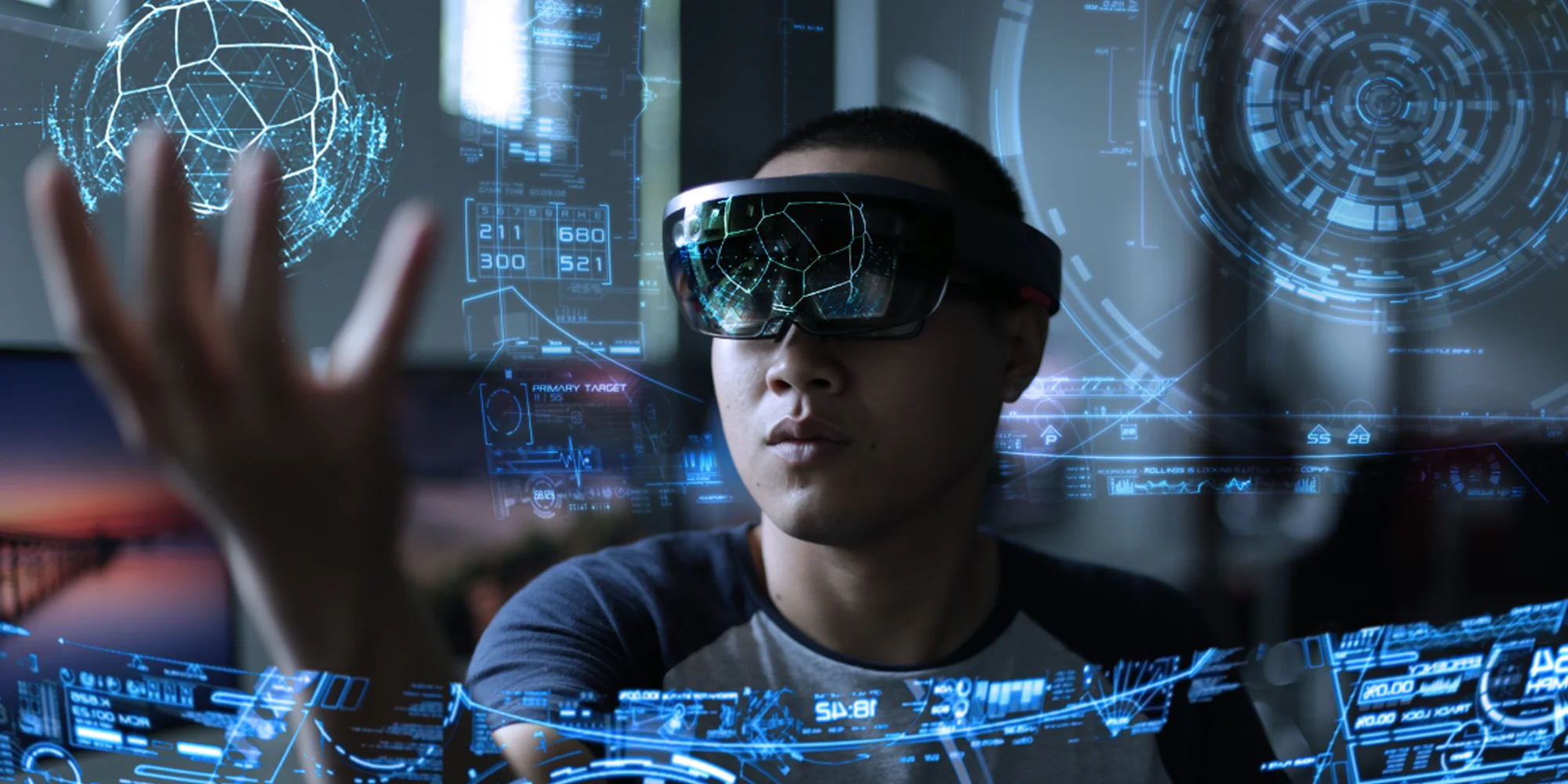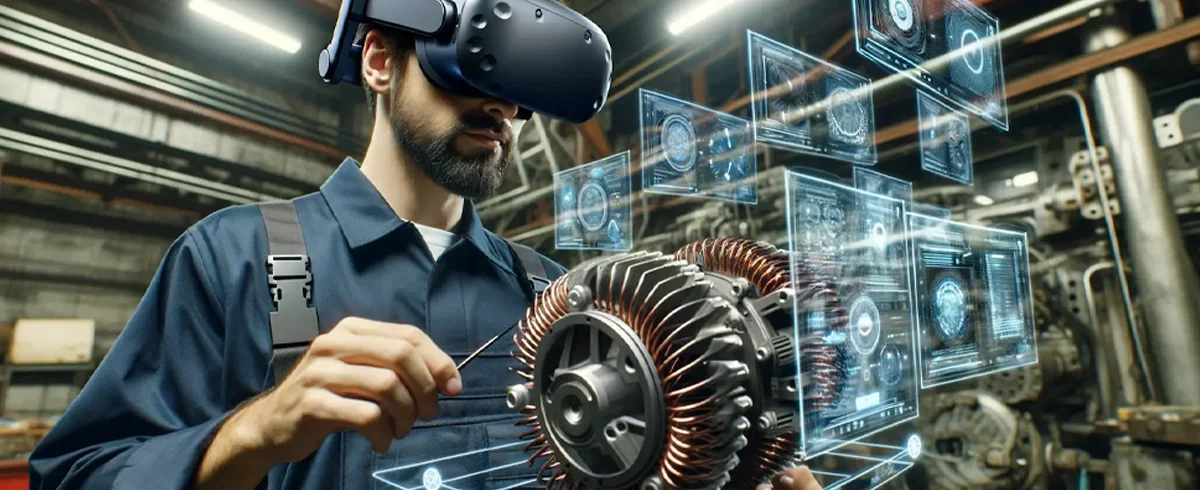Introduction
The last few decades have been characterized by significant tech innovations like
artificial intelligence, 3D printing, and driverless cars. As we progress into the current decade, another massive shift in computing is unfolding right before us – spatial computing. This new technology holds enormous potential to change how industries optimize their operations. In this article, we answer questions like what is spatial computing? What are the key elements of this technology, and how will it affect industries in the future?
What Is Spatial Computing?
This refers to the digitization of activities that involve people, machines, objects, and environments where they take place. It merges the digital and real worlds to create a more immersive experience for users. Combining technologies like virtual reality (VR), augmented reality (AR), and mixed reality (MR), spatial analysis technology facilitates seamless interactions between computers and users in a 3-dimensional (3D) world.
What Are the Main Elements of Spatial Computing?
Computing spatial analysis technologies have four main elements:
1. Augmented Reality (AR)
Space computing
uses augmented reality to improve user perception and interaction by overlaying objects and digital information into the real world. AR applications leverage this technology to track user position and orientation for improved interaction with virtual objects.
2. Virtual Reality (VR)
Virtual reality immerses users in computer-generated environments. It’s ideal for simulating real-world activities. But, what is spatial computing technology with regard to virtual reality? Space computing utilizes VR to add natural interactions to virtual environments by tracking body and head movements.
3. 3-D Scanning
Computer spatial analysis leverages photogrammetry or 3D scanning to capture real-world objects and scenes. This results in the production of detailed 3D models with the right shape, texture, and color for immersive 3D user experiences.
4. 3-D Modeling
Mixed reality uses augmented reality to improve user perception and interaction by overlaying objects and digital information into the real world. AR applications leverage this technology to track user position and orientation to improve interactions with virtual objects.
Spatial Computing Use Cases That Are Reshaping Industries

What is spatial computing enabling companies to do? We take an in-depth look at six use cases of computer vision spatial analysis and their application across industries:
1. Redefining Employee Training
Space computing is redefining employee training with its immersive and highly interactive capabilities. Using this technology, companies can develop virtual training environments that are very similar to scenarios in the real world. In such environments, employees learn by doing as opposed to observing. For example, pilots can acquire aircraft flying skills through virtual simulations that resemble real-life flight experiences. This hands-on, immersive approach accelerates employee learning and improves knowledge retention.
2. Improving Productivity
Mixed reality automates tedious tasks and optimizes workflows. Industries can use it to add intuitiveness to digital content interactions for enhanced efficiency and task completion. For example, the technology gives visual cues on AR glasses to enable factory workers to locate or identify the tools they need. In retail environments, technology can give buyers pleasant shopping experiences by leading them to the products they wish to buy. This blend between the physical world and digital data provides contextual information needed to fast-track decision-making and enhance productivity.
3. Virtual Product Prototyping
What is spatial computing to product development and how will it alter the way industries prototype their products? Companies incur huge costs conducting physical prototyping and testing on new products. Computer vision spatial analysis is changing this by enabling prototyping and testing of products virtually. Product designers and developers can develop, refine, and test product designs in digital environments before producing physical products. By facilitating simulation of real-world product usage and conditions,
spatial computing technology allows companies to identify product design issues and resolve them early in the development process.
4. Improving Workplace Design
Companies in different industries can use spatial analysis computing to create workspaces that
foster employee productivity and collaboration. Using this technology, organizations can simulate different office layouts, create digital replicas of real-world workspaces, and evaluate their impact on employee collaboration, workflow, and efficiency. Interior designers and architects use the spatial analysis technology to visualize workspace layouts in 3D, giving companies an office feel before implementing actual changes.
5. Fostering Collaboration
The immersive nature of computer spatial analysis technology gives buyers personalized experiences. For example, the technology can facilitate ‘try before purchase’ experiences for retail shoppers. Buyers can see how a dress would look on them or how furniture pieces would look in living spaces without trying or placing them physically.
6. Better Customer Service
Industrial enterprises can use spatial glasses to create shared digital spaces that allow teams to interact as if they were located in the same physical room. In such environments, teams can exchange digital objects, view each other’s avatars, and engage each other. This enables teams to build stronger relations and enhances collaboration, making it more immersive and highly interactive.
Final Thoughts
Industrial enterprises that understand space computing and its use cases can change their operations significantly. But, what is spatial computing in relation to extended reality technologies like augmented and virtual realities? Space computing leverages these technologies to recreate physical environments in digital spaces for immersive, highly engaging experiences. Industries can use this technology to enhance employee productivity, improve staff training and collaboration, and facilitate virtual product prototyping.


